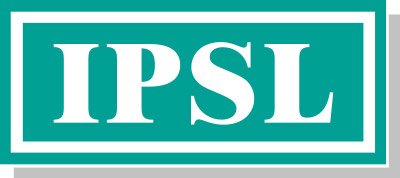PVC ceiling panels are a popular choice for bathroom ceilings for several reasons:
- Waterproof: PVC ceiling panels are moisture-resistant and can withstand the damp conditions of a bathroom without warping or rotting. This makes them a great choice for bathrooms where moisture levels are high.
- Easy to install: PVC ceiling panels are lightweight and easy to install. They can be cut to size easily, making them a perfect fit for any bathroom.
- Low maintenance: PVC ceiling panels are easy to clean and maintain. They can be wiped down with a damp cloth, and they do not require any special cleaning products.
- Durable: PVC ceiling panels are strong and durable, and they can last for many years without showing signs of wear and tear.
- Affordable: PVC ceiling panels are an affordable alternative to traditional ceiling materials such as plaster or drywall. They are also more cost-effective than other waterproof ceiling materials like tiles.
Overall, PVC ceiling panels are a practical and cost-effective choice for bathroom ceilings, offering durability, low maintenance, and resistance to moisture.
Are they easy to install?
PVC ceiling panels are relatively easy to install and require minimal tools and expertise. Here are the basic steps for installing PVC ceiling panels in a bathroom:
- Measure the ceiling area: Measure the length and width of the bathroom ceiling to determine how many PVC ceiling panels you need.
- Prepare the ceiling surface: Ensure that the ceiling surface is clean, dry, and free from any debris. If necessary, use a primer to create a smooth and even surface.
- Install the starter strip: Nail or screw the starter strip along the perimeter of the ceiling. The starter strip is used to secure the first row of PVC ceiling panels.
- Cut the PVC ceiling panels: Measure and mark the PVC ceiling panels to fit the ceiling area. Use a fine-toothed saw or a sharp utility knife to cut the panels to size.
- Install the panels: Insert the first panel into the starter strip and then insert the next panel into the previous panel’s groove. Continue this process until all the panels are installed.
- Install the finishing touches: Install the finishing trim along the edges of the ceiling to cover any gaps and create a polished look.
Overall, installing PVC ceiling panels in a bathroom is a relatively straightforward process that can be completed by most DIY enthusiasts. It is important to follow the manufacturer’s instructions carefully and use the correct tools to ensure a successful installation.

